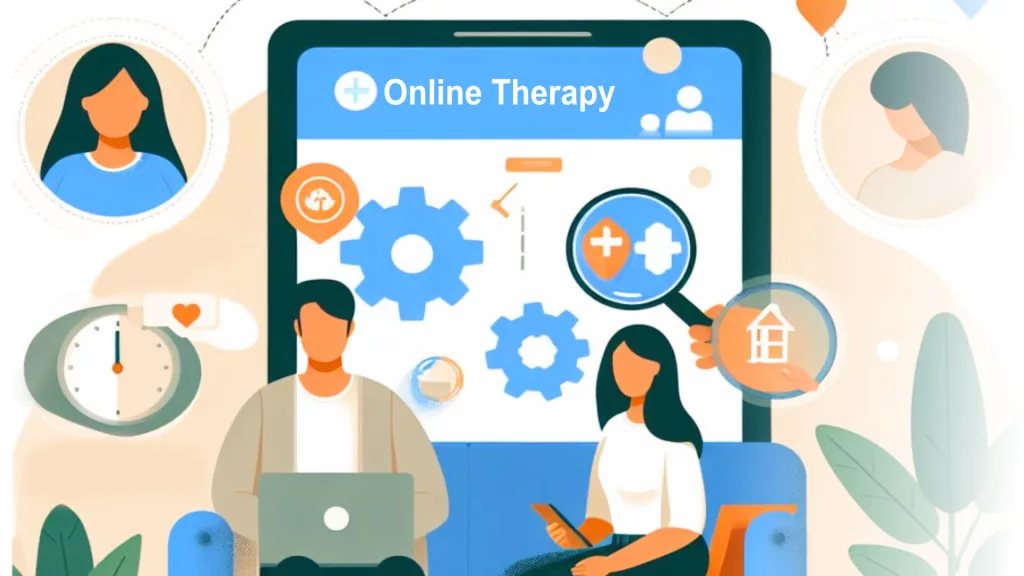There is nothing more exciting than thinking of a new idea. There is nothing more rewarding than seeing a new idea work. There is nothing more useful than a new idea that helps you meet a goal. The point here is lateral thinking, is the ability to think creatively, or “outside the box” basically, to use your inspiration and imagination to solve problems by looking at them from unexpected perspectives. Creative thinking is not a talent; it is a skill that can be learnt. It empowers you by adding strength to your natural abilities.
The point here is we only use 10% of our mind power. 10-percent — that’s it. Let’s say, tomorrow, you start working in a company & you start earning. Now think of going through life only spending 10-percent of your salary? Could you do it? No! Yet you go through life only using 10% of the power of your conscious mind. That 10-percent is creating 75% of all success, failures, sickness everything in our life right now because we don’t even know how to use it properly.
Now imagine if you just used 10% of your mind’s power correctly? What would happen? What would happen if we learned to use 90% of our subconscious mind’s power correctly? Imagine if we could properly direct our subconscious mind? The results would be phenomenal! The problem is, a lot of what has been imprinted or programmed into the subconscious mind could be called “faulty programming” & that we get from our socio cultural educational & religious upbringing.
Examples of faulty programming are thought habits like telling ourselves that we can’t do something, can’t have something, don’t deserve something, etc.
When we repeat these often enough, to the point where they become part of our programming, we can’t help but create situations in our life that validate and express what we hold in our subconscious mind. Well the conscious mind is like the programmer. It’s the thinking mind. However, the conscious mind is influenced by filters that our predominant thoughts have created and stored in the subconscious. The subconscious mind, just like a computer, does not judge or discriminate between what can and cannot be achieved or obtained. However, the conscious mind evaluates a situation and says, “you can’t do this or have that” based on the programming in place within the subconscious!
So we can see it can be a vicious circle. When we learn to master our conscious mind, and imprint the right programming into the subconscious, we will be absolutely unstoppable. We will then have full control of the subconscious mind’s incredible powers to make us aware of opportunities, people, resources and situations that we need in order to have or do something; and, it will make our actions effortless and natural.
Manifesting what we want will truly be easy when we harness the power of our subconscious mind. Physical reality, as well as our thoughts and emotions, are nothing but vibrations of energy. This basically means that the energy of our thoughts can, and does, influence matter. What we focus on our predominant thoughts is what we attract. So think about your inner speech. What does your mind fear? What does it believe? What do you tell yourself, day in and day out? What does your mind do when you introduce a new idea that is in conflict with your subconscious programming?
Most of the time, we are not aware of our inner speech. We go through our days on autopilot – most of our actions and speech patterns are nothing but regurgitated data stored in the subconscious. Yes, it makes life easier. Imagine how hard it would be to think about how to tie your shoes every time you had to do it – it’s a lot of mental effort that has become automated!
Awareness of our inner speech gives us the information we need to master our mind. If our circumstances are not to our liking, it’s because we have been thinking and feeling in a way that has pointed our mind in a certain direction, and that is where our life is headed! So when we become aware of the nature of our inner speech, we can imprint new programming and totally change the direction of our life. Change comes from within. We can change jobs, end relationships, move on etc. – but unless we “change our mind” from within, we will just attract more of the same – or our changes will be temporary at best. It will be “same stuff, different face/location/job. And this change can be done with the help of cognitive hypnotherapy.
As we are very much aware that Cognitive Behavioural Therapy (CBT) is now in use worldwide, while hypnotherapy as a technique continues to attract serious interest from the professional community. Integrating the two, the field becomes cognitive hypnotherapy and this field actually uses the natural trance states of clients to unlock subconscious thoughts and memory patterns that can generate and sustain problems. Cognitive hypnotherapy works within the client’s model of the world, so that changes are more likely to be subconsciously accepted and become permanent.
There is a variety of hypnotic strategies for accessing and restructuring conscious, semiconscious (automatic), and unconscious cognitive distortions and negative self-schemas. Three strategies for uncovering and restructuring maladaptive cognitions in hypnotherapy are:
Other hypnotic uncovering or restructuring procedures (such as an affect bridge, age regression, age progression, and dream induction) are also used to explore and restructure negative self-schema.
The point here is the things that we are most likely to call “problems” can be understood as (negative) everyday trance states. That is, ineffective or damaging pieces of subconscious programming. And the core objective of cognitive hypnotherapy is to de-hypnotise the client out of their problematic trance states in order to live life more happily, become more productive, and achieve more.
Recent Posts

15 Minute Spirituality: Small Steps, Big Impact

Top 10 Advantages of Online Therapy


